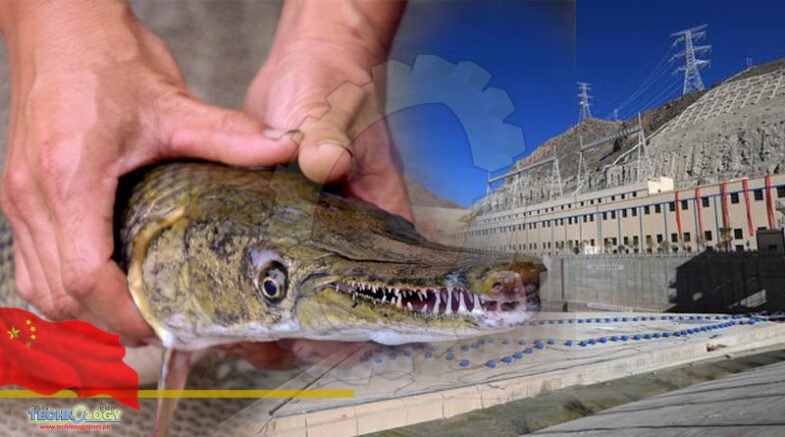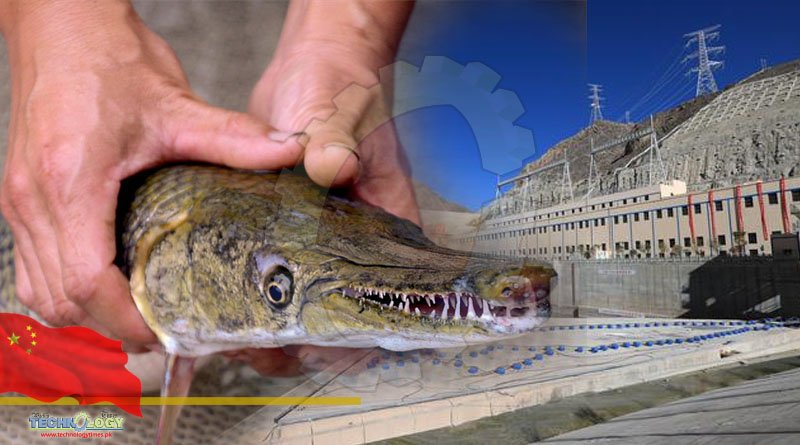China will enhance its capabilities in preventing and controlling invasive alien species to safeguard agriculture development and biodiversity.

China will enhance its capabilities in preventing and controlling invasive alien species to safeguard agriculture development and biodiversity.
The country faces multiple risks of invasive alien species due to its long land border, foreign exchanges, illegal introduction and breeding of exotic pets, and illegal release of animals, the Ministry of Agriculture and Rural Affairs said in a statement.
So far, the country has included 59 invasive alien species in a list entailing elevated management.
The statement said that China would strengthen quarantine inspection of inbound goods, means of transport, consignments and deliveries, and cross-border e-commerce to stem the introduction of invasive alien species.
Efforts will also be made to optimize the monitoring network and develop targeted prevention and control measures for specific invasive alien species.
“Invasive alien species” means an alien species which becomes established in natural or semi-natural ecosystems or habitat, is an agent of change, and threatens native biological diversity.
China is the world’s third largest country and one of the richest in terms of biodiversity. Its vast territory stretches 5,200 km from east to west, spans 50 degrees of latitude, and covers five climatic zones: cold-temperate, temperate, warm-temperate, subtropical, and tropical.
Consequently, it has many types of ecosystems. A wide range of habitats and environmental conditions makes China especially vulnerable to the establishment of invasive species of foreign origin. Potential invasive alien species from most parts of the world may find suitable habitat somewhere in China.
China’s rapid economic development in the twentieth century, including explosive growth in trade and transportation systems, and especially becoming a member of the WTO, is increasing the pathways for the introduction and spread of invasive species within China and the introduction of new invasive species to China from other countries.
Since many invasive species have long lag times from initial establishment until the appearance of a full-blown invasion, the full effects of recently arrived invasive species in China may not be felt until well into the 21st century.
In the United States, the globalization of travel and trade has facilitated introductions of invasive species since the early days of the Industrial Revolution in the nineteenth century. Many species that were first introduced decades ago have only recently begun to spread rapidly in ecosystems.
There has been an upward trend in the establishment of non-indigenous species, and large numbers of invasive species have been documented. In view of the ecogeographic similarities between the United States and China, the U.S. situation may be a good indication of future trends in China as China’s world trade and domestic development continues to expand.
